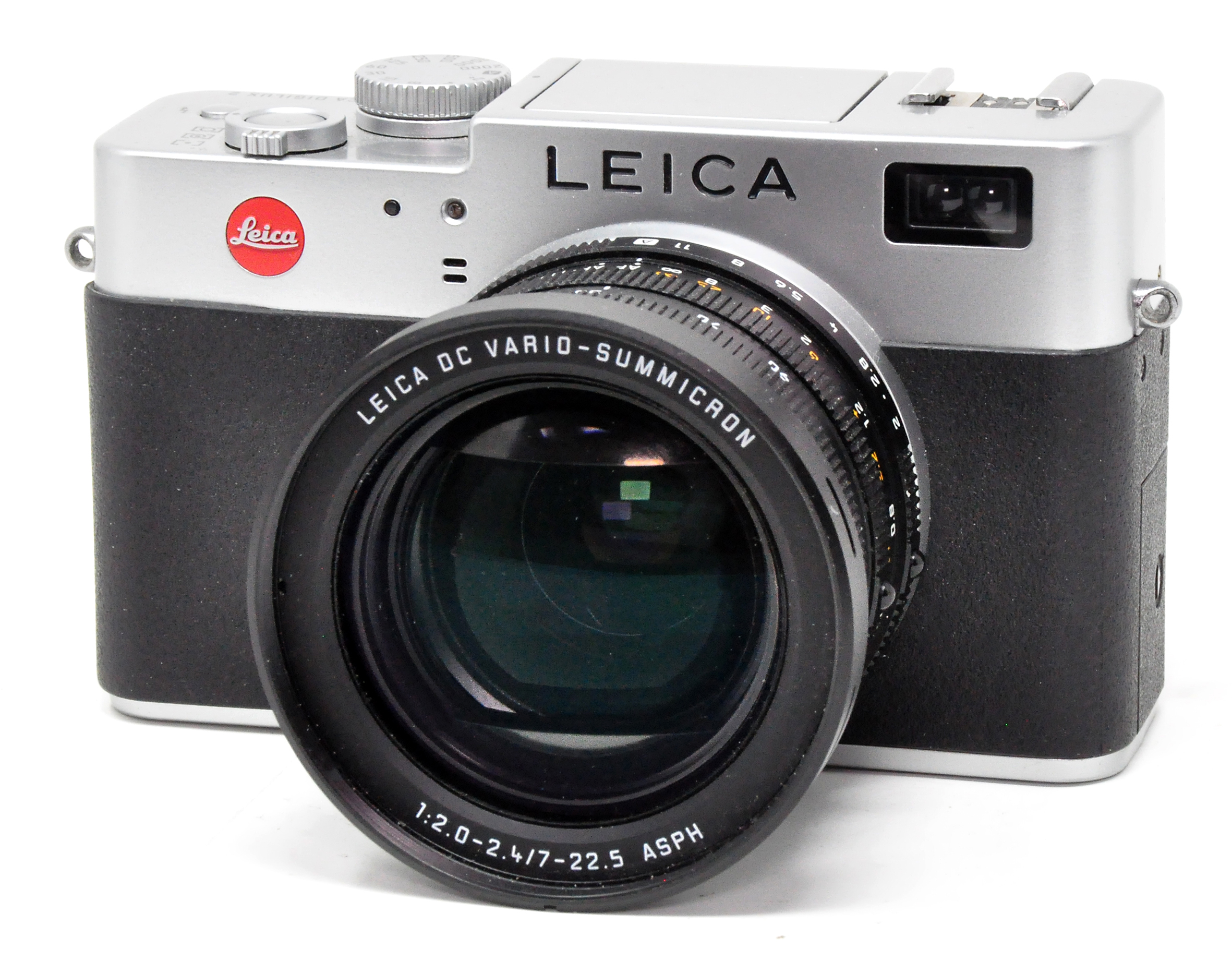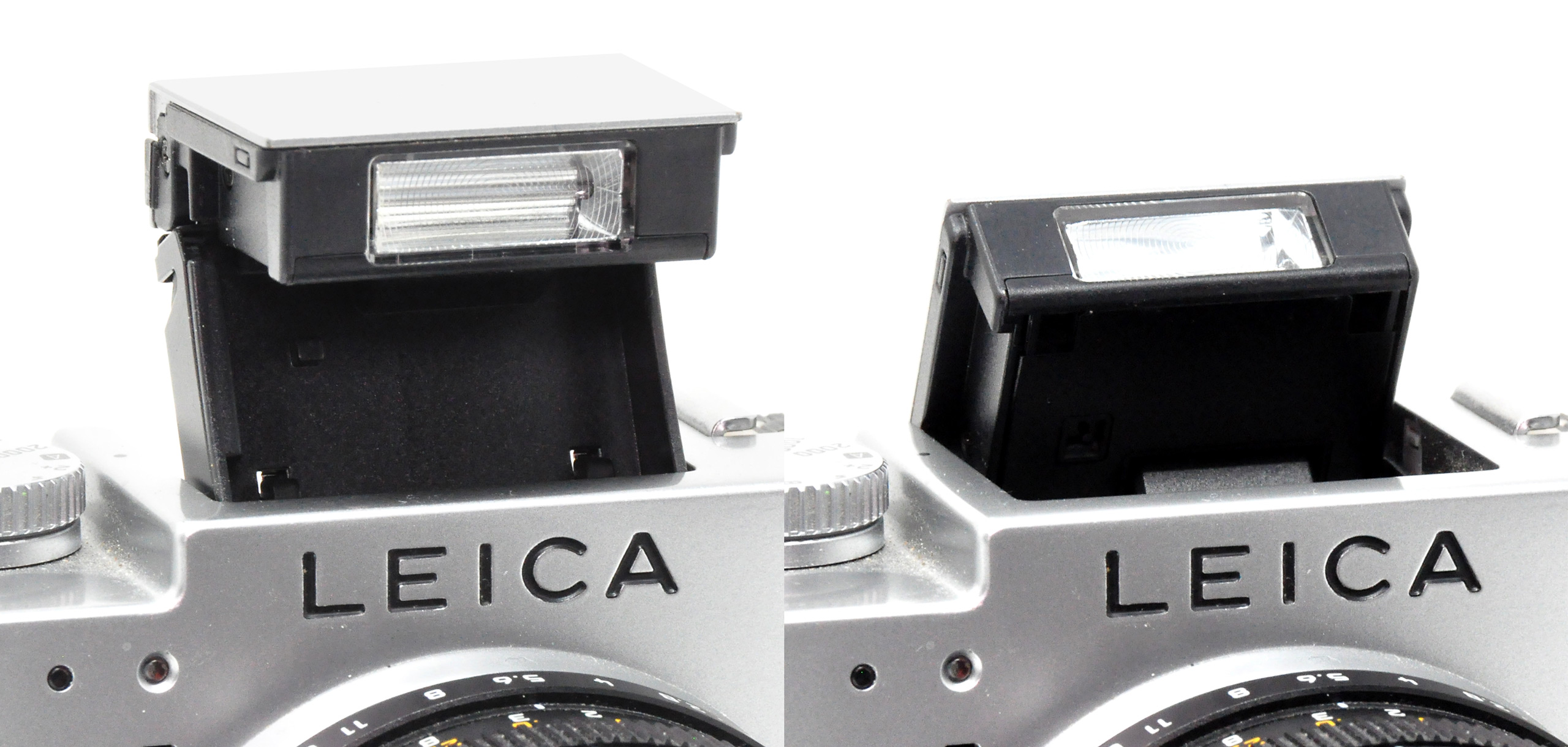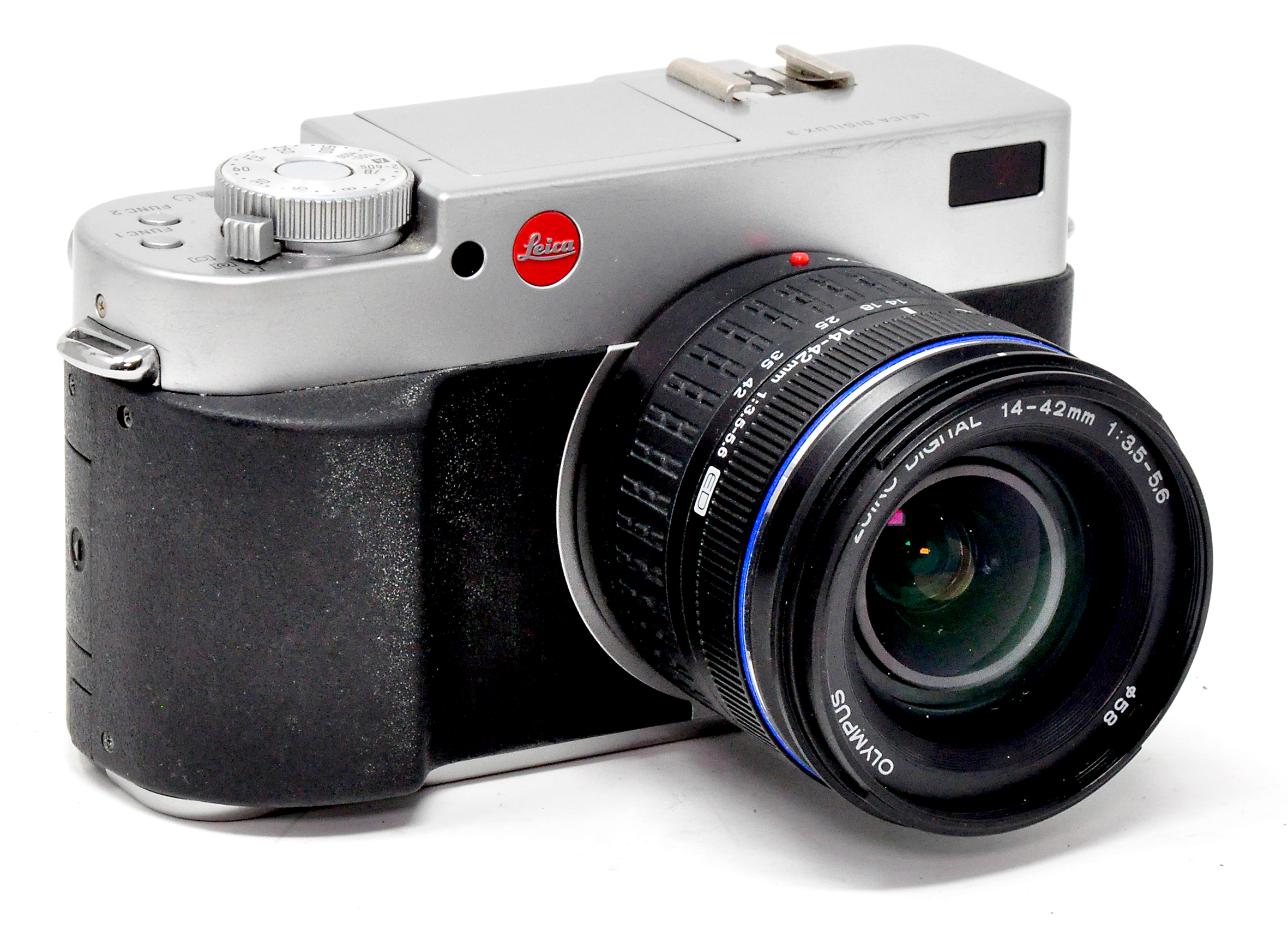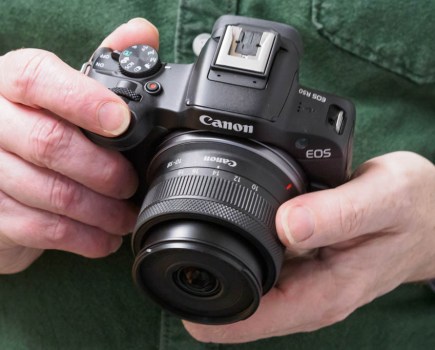Consider what makes a camera a classic. It has to be of a certain vintage. When new it would have had innovative features. Those features will have stood the test of time. And it still works. Apply those criteria to film cameras and you come up with names such as Leica, Rolleiflex, Zeiss, Voigtländer and many more.
Apply the same thinking to digital cameras and what do you get? Not a lot, actually. Few digital cameras have been around long enough for one to truly justify the term vintage.
A particular model might have been innovative when new, but its innovation was undoubtedly surpassed in the model that followed a year later. So no one single camera is likely to have stood the test of time. Also older digital cameras have a habit of failing to work. All of which begs the question: has there ever been, or will there ever be, a truly classic digital camera?
Well, here’s where I stick my neck out and risk the wrath of readers flooding AP’s Inbox pages to disagree. For my money, one digital camera qualifies as the first ever (and maybe even the last) to be called a classic. It was launched in 2003 and it was called the Leica Digilux 2.
What came before the Leica Digilux 2?
The first digital camera from Leitz was the Leica S1 in 1997. It was little more than a scanner with a lens on front, aimed chiefly at studio photographers, museums, medical workers and the like. The first consumer cameras to bear the Leica name arrived in 1998 with the introduction of the 1.5MP Digilux.
That was followed by the 1.5MP Digilux Zoom and then the 2.4MP Digilux 4.3 in 1999 and 2000. Each featured a vertically styled body with the lens and flash at the top of the front and the LCD screen at the base of the back. But they weren’t really Leicas. All three were made by Fujifilm, then rebadged with a few cosmetic changes by Leica.

Then came the Digilux 1, launched in 2002 and marking Leica’s first collaboration with Panasonic, an association that continues today. Made from magnesium alloy with black and brushed chrome panels, the camera must have seemed retro even when new. It was a 4MP model with a 7-21mm f/2-2.5 Vario Summicron lens coupled to a variable view in the all-glass viewfinder.
There was a 2.5in LCD screen on the back and the layout of controls was intuitively simple. The Digilux 1 came close to being a classic, and might have been the star of these pages, had it not been for the camera Leica launched in 2003.
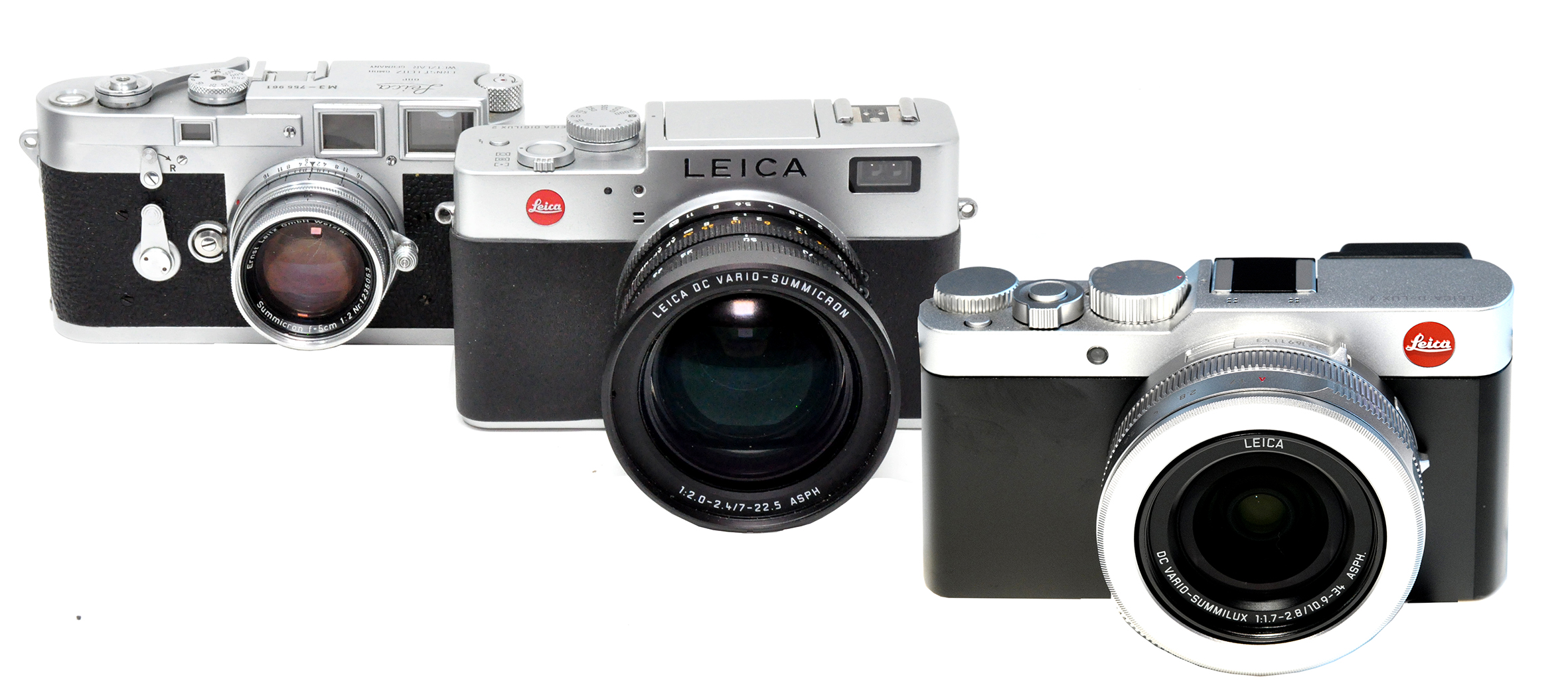
The Leica Digilux 2
Compared to a modern digital camera, the Digilux 2 is not great. At 8.8×6.6mm, its 2/3-inch CCD sensor is a fraction of the size of today’s equivalents, and it delivers a mere 5MP. It won’t accept SD cards above 2GB, the LCD display is low-resolution and the electronic viewfinder is pretty much useless in bright light. Autofocus is sluggish, shutter lag is noticeable and ISO is restricted to 100-400.
And yet… Despite being bolted together by Panasonic, Leica’s retro design influence is all over the Digilux and it has a good deal of Leica firmware on board too. The case is all metal, finished in a satin chrome look along the top and wrapped in a tactile rubber coating. In short, it looks like a Leica, it feels like a Leica and it behaves like a Leica. Turn off the automation and the Digilux 2 performs like a classic film camera. The 7-22.5mm (28-90mm 35mm equivalent) f/2-2.4 Vario-Summicron lens has a zoom control operated, not by nudging levers, but by an actual collar around the lens.

Likewise, apertures are set not by press buttons, but on a lens ring, and there’s a real shutter-speed dial on the top plate. Focus is controlled by a rotating ring around the lens too. There’s no rangefinder of course. That might have taken retro design a step too far. But, as you manually focus the lens, a small magnified rectangle appears in the centre of the screen to aid accuracy.
Switching the automation back on is simple. Turn the focusing ring past infinity, press a dimple on the edge of the ring and it click-stops into AF or AF-Macro modes, while the zoom control remains satisfyingly manual. Set the shutter speed dial to ‘A’ and you have aperture priority. Set the aperture ring to ‘A’ and you have shutter priority. Set both to ‘A’ and you’re all set for program automation. A lever on the top plate selects spot, centre-weighted or multifield metering.

There’s a built-in flip-up flashgun, but it’s unlike most others in that the touch of a button on the back of the body adjusts it to be used in either direct or bounced modes. Out and about with the Digilux 2 its handleability was terrific. I found it a lot like handling an old Leica M3 rangefinder camera. Admittedly, however, in bright sunlight picture composition was largely down to guesswork given the inadequacies of the electronic viewfinder.
Having only 5MP to play with, and knowing there would be less than usual leeway for later cropping, I found myself concentrating more than usual when framing subjects, but the quality from the Leica lens was superb. When processing the Digilux images in Photoshop I found myself converting them time and time again to mono. I guess Leicas and monochrome photography just go hand in hand.
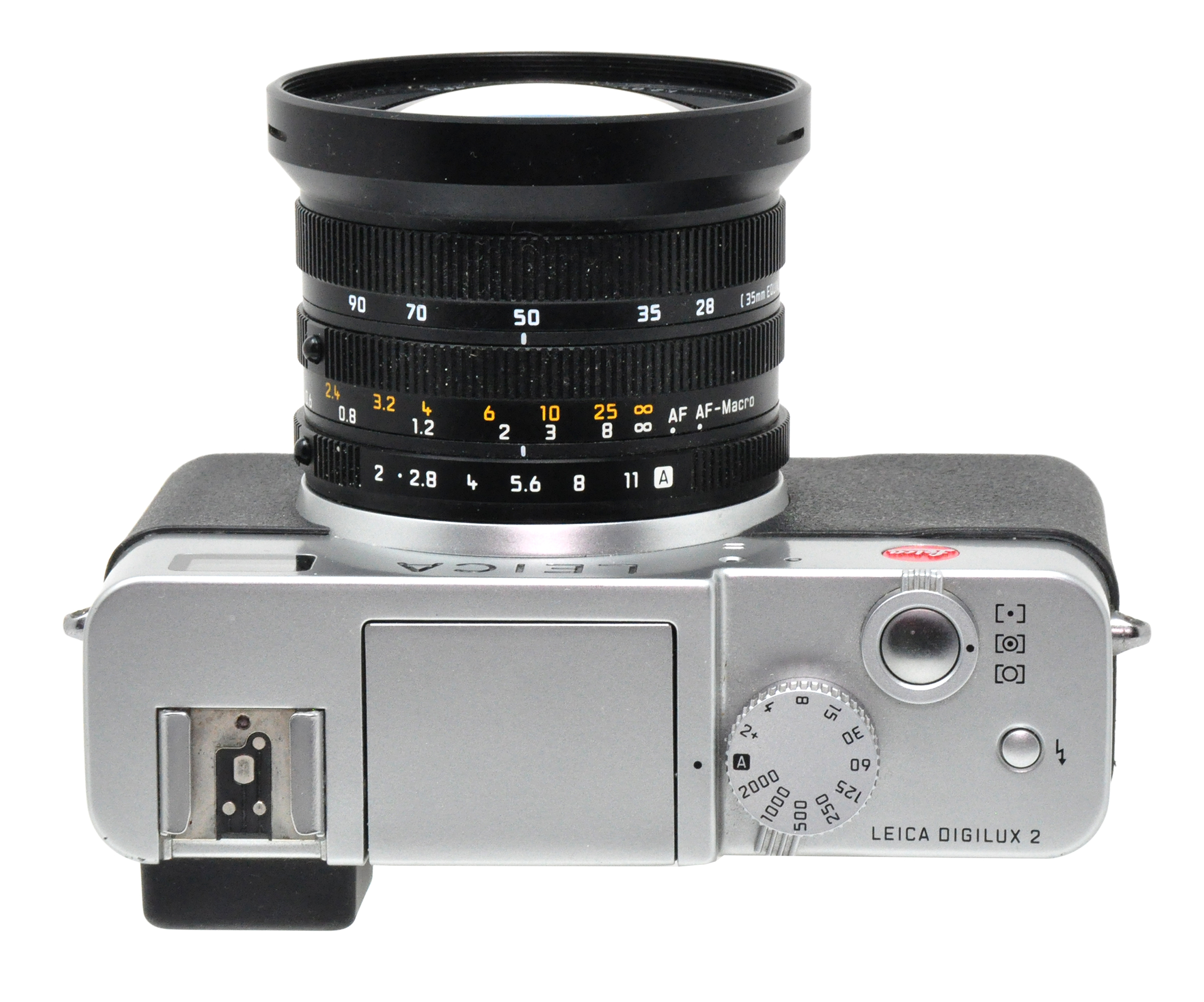
When it was launched, the Digilux 2 cost £1,300 (the equivalent of £2,070 today), and it still commands £300-350 or more, which is a lot of money for a 20-year-old digital camera. Is it worth that money? Honestly? Probably not. But speaking personally, I reckon the Digilux 2 is worth paying whatever you can afford just to own a classic that was very much the forerunner of the Leica D-Lux cameras and with a design still echoed in today’s full-frame Leica Q, Q2 and Q3.
A word of warning:
The Leica Digilux 2 (and Panasonic Lumix LC1) are like a lot of other 5MP cameras from this time period suffered from a faulty Sony sensor, so it’s important to make sure you find a working camera, ideally one that’s been serviced by Leica themselves, otherwise you might end up with a broken camera.
What came next
In 2006, Leica, still in partnership with Panasonic, announced the Digilux 3. It was the first purely digital Leica with a mirror reflex system and interchangeable lenses. The lens mount was a bayonet type that used the Four Thirds system. The camera still retained some of the sleek-bodied good looks of its predecessor and it undoubtedly represented a step forward in Leica/Panasonic design.
But – and here again, this is just my opinion, feel free to disagree – it was a step away from the characteristic lines, so reminiscent of the classic Leica rangefinder cameras, first seen in the Digilux 1 and perfected in the Digilux 2. The Panasonic connection As part of the partnership with Panasonic, the Japanese camera company made its own versions of the Leica cameras.
Essentially, the Panasonic DMC-LC1 is a Digilux 2 in a slightly redesigned black body that sells for half the price of the Leica. So if you want the Leica experience without the Leica price, go for the Panasonic. Under the surface it’s the same camera with the same great Leica lens. But for the purist or, let’s face it, admittedly prejudiced camera nuts like me, there’s one thing that the Panasonic simply isn’t: it isn’t a Leica.
Further reading
- Leica reintroduced the Leica M6
- Early digital cameras for under £50
- Vintage digital cameras you should actually buy
Article: John Wade


